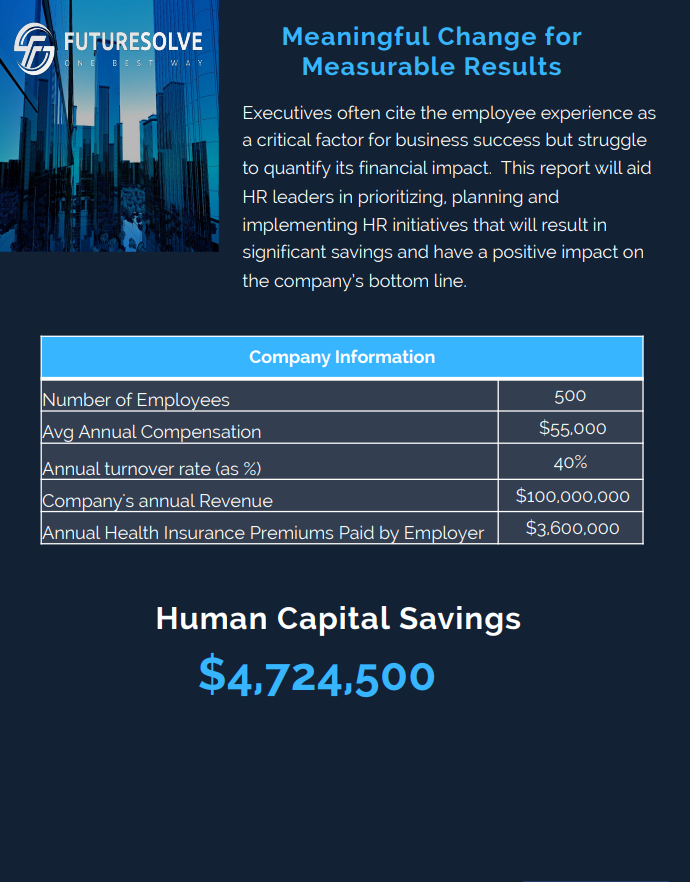Quiet hiring is a relatively new hiring approach that has gained popularity in recent years. It is a process that involves hiring candidates without posting job openings or advertising the position in public channels. Instead, hiring managers leverage their networks to identify and recruit potential candidates who are not actively seeking new job opportunities.
Quiet hiring can be beneficial for both employers and employees. It allows employers to identify top talent and fill positions quickly without the time and expense associated with traditional recruiting methods. It also enables them to avoid competing with other employers for the same pool of job seekers.
From the perspective of employees, quiet hiring can be an attractive option because it presents an opportunity to move up in their career without the stress and pressure of a job search. Additionally, it allows them to explore new career paths without signaling to their current employer that they are looking to leave.
As with any hiring process, there are potential drawbacks to quiet hiring. For example, hiring managers may overlook qualified candidates who are not in their personal network. Additionally, the lack of transparency around the hiring process may lead to resentment or suspicion among employees who are not aware of the opportunity.
To ensure that quiet hiring is successful, CHROs (Chief Human Resources Officers) must develop a well-defined strategy that balances the need for confidentiality with the need for fairness and equity in the hiring process. Here are a few best practices for implementing a successful quiet hiring process:
- Develop a clear hiring strategy: Before embarking on a quiet hiring process, CHROs should develop a clear strategy that outlines the goals, timelines, and key performance indicators for the hiring process. This will help ensure that the process remains focused and effective.
- Identify key stakeholders: CHROs should identify the key stakeholders involved in the hiring process, including managers, recruiters, and HR representatives. This will help ensure that everyone is on the same page and that the process is executed smoothly.
- Leverage technology: Technology can be a powerful tool for identifying and engaging potential candidates. CHROs should consider using online platforms, social media, and other digital tools to identify and communicate with potential candidates.
- Maintain transparency: While the hiring process may be confidential, it is important to maintain transparency with employees who are not involved in the process. CHROs should communicate clearly with employees to ensure that they understand the reasons for the quiet hiring process and are reassured that the process is fair and equitable.
- Measure success: CHROs should develop metrics to measure the success of the quiet hiring process. This will help them assess the effectiveness of the process and make adjustments as needed.
Succession Planning
Conclusion
In conclusion, quiet hiring can be a valuable tool for employers looking to fill positions quickly and attract top talent. However, CHROs must develop a clear strategy and follow best practices to ensure that the process is successful and fair for all employees.






























